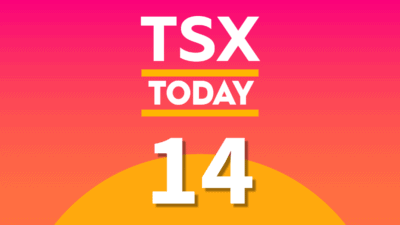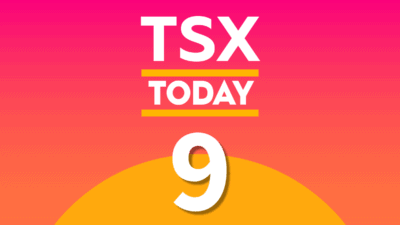Perhaps one of the best ways to go about improving skill and knowledge about investing is to spend time reading about how the most successful money managers do it. Even more can be gleaned from watching the moves successful money managers make.
That is why when Ray Dalio—the billionaire founder of Bridgewater Associates, one of the world’s largest hedge funds—initiated a large position in Potash Corp./Saskatchewan (TSX:POT)(NYSE:POT), I took notice. To be exact, it was disclosed in December 2014 that Dalio purchased 601,600 shares of Potash Corp., making it his 14th largest holding out of 459 positions.
It is important to note that a successful investor initiating a position in a stock should not serve as a sole reason for investing—in fact, one of Dalio’s key principles is to always be an independent thinker. It should, however, serve as a reason to take another look at a company, and try to understand the thought process that went into the investment decision.
Here is a key reason why Dalio may have chosen now to buy Potash Corp. shares.
Potash prices will likely rise in 2015
At the end of the day, Potash Corp. is ultimately a commodity company. This means that Potash Corp. has limited pricing power, and its fortunes depend largely on fertilizer and agriculture markets—specifically potash, phosphate, and nitrogen prices.
Therefore, the outlook for fertilizer prices is a key factor when analyzing the value of Potash Corp. Potash is by far Potash Corp.’s main product (comprising 57% of total sales), and there are several encouraging short and long-term trends that should provide upside to potash prices.
Potash prices have fallen remarkably since June 2013 from nearly US$400 per ton to the current price of US$305 per ton, largely due to the break-up of the joint marketing cartel between Russian-based producers Uralkali and Belaruskali, which saw potash production skyrocket as both companies pursued volume-over-price strategies.
Potash prices, however, seemed to have bottomed, meaning Potash Corp. has minimal downside to earnings and plenty of upside, depending on economic conditions. One sign of this is evident in Potash Corp.’s current negotiations with China. In January, Potash Corp. (as part of the North American marketing company Canoptex) agreed to supply 1.9 million metric tons of potash over the next three years.
Pricing is to be negotiated every six months, and while pricing for the first half of 2015 has yet to be determined, analysts are widely predicting an 8-10% increase in prices from the $305 per ton obtained in 2014. This could conservatively put 2015 prices at US$325 per ton.
Improving market fundamentals are underpinning this increase
There are numerous factors underpinning this increase. First, there may be supply weakness due to a shutdown of major Russian producer Uralkali’s Solikamsk-2 mine due to flooding. This mine produced 2.3 million tons of potash and the shutdown paints a weaker supply picture.
Outside of this one-off event, broader trends are improving as well. 2014 saw record demand from nearly all of Potash Corp.’s major potash markets, and global potash shipments hit a record of 61 million tons. As a result, producer inventories are currently at a seven-year low. This is a positive sign for the overall supply/demand picture, but it also represents an opportunity for Potash Corp specifically.
Global operating rates are currently above 90%, which means few producers have the excess capacity to respond to any demand growth or supply disruptions, especially with such low inventory levels. However, Potash Corp. has some of the lowest operating rates in the industry, with 11 million tons of capacity, and estimated production of 9.2 billion tons for next year. This means Potash Corp. is well suited to respond to any supply shortages or demand increases.
The future looks bright
Over the long term, with global population expected to rise and emerging markets transitioning to higher calorie diets, the short and long-term market fundamentals for Potash Corp. seem solid.
As the world’s largest potash producer, and with a major low-cost production advantage, Potash Corp. is the smartest way to play an improving potash market. With potash prices likely bottomed, following Ray Dalio into a Potash Corp. purchase is a smart idea if you are looking for a low-risk commodity play.








